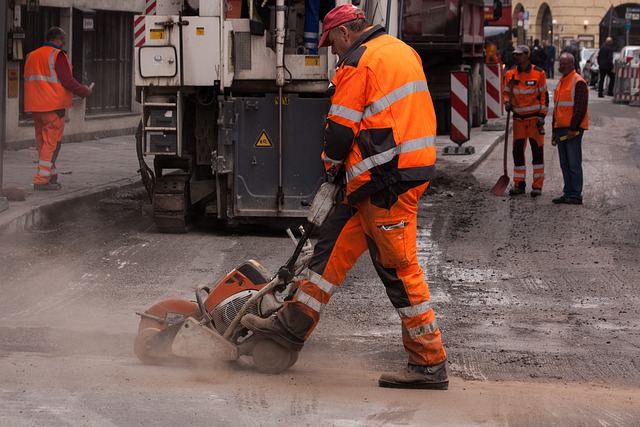Employer: what are the obligations to stay safe?
The participation of the employer and workers in the adoption of the obligations and prevention and protection measures for the protection of health and safety in the workplace are the starting point for working in a “safe place”.
The first main figure, in charge of guaranteeing safety in the workplace and who must maintain high levels of the same, is the employer, who must fulfill the envisaged obligations, avoiding possible dangers in the workplace can translate into risks for their own workers.
The employer organizes the business activity to complete the work that the employees will have to carry out. It must comply with what is required of them.
An employer has the obligation to safeguard the psychophysical integrity of the workers by canceling or trying to reduce as much as possible the risks that can cause damage to these subjects.
The employer has the obligation to put the worker in conditions of total safety when using machinery, tools, and instruments; this is also accompanied by the obligation to inform and train personnel about the dangers associated with the unsuitable use of machinery and tools.
The employer is also assigned the task of supervising and verifying compliance by the workers with the accident prevention regulations.
So the employer is a dual role: on the one hand. He must inform and train, on the other he must scrupulously observe that what is taught is applied by the workers. Among the fulfilments regarding safety in the workplace, an important task that falls to the employer is the assessment of the risks inherent in the safety and health of the workers, through which the Risk Assessment Document (DVR) is subsequently drawn up.
The latter represents an important attestation of all the prevention and protection measures that have been adopted within the company to operate in safety. The Employer will also have to appoint a Competent Doctor who will carry out medical examinations for his employees. For Employee Safety Courses and Best Practices get in touch with us
Employer and Prevention and Protection Service:
The Employer is the person who possesses the necessary skills to organize the work activity. This figure must not only possess managerial skills but must also know how to relate to the current legislation on health and safety at work.
By definition, the RSPP is the person in possession of the professional skills and requirements, designated by the Employer, to whom he reports, to coordinate the risk prevention and protection service.
The Prevention and Protection Service (SPP) is used in large companies and is characterized by the complexity of the activity carried out. The SPP is made up of competent people with regard to the reality in which they operate, with an adequate level of knowledge of the risks they face. The complexity of the working environment does not always, therefore, allow the employer to be able to personally monitor effective compliance with current legislation.
The Manager: important support for the Employer:
The Supervisor is the person who supervises the work of the workers in the company and guarantees the implementation of the directives received, checking their correct execution and exercising a functional power of initiative.
The person in charge is a kind of sentinel for the company’s security; one of its main tasks, in fact, is to supervise the work of the workers in order to verify that the workers understand and put into practice what is imparted by the employer in terms of health and safety at work.
It should be specified that the task of planning preventive measures does not fall within the duties of the person in charge; in fact, the task is limited to ensuring that what is given by the employer or managers is correctly applied.
Going into the specifics, team leaders, workshop leaders, department heads, room managers and others, are figures who should be classified as supervisors since their duties include of coordinating and supervising the workers.
The appointment of the person in charge does not require a formal appointment by the employer or managers. Within a company, the figures considered important and responsible are already supervisors.


